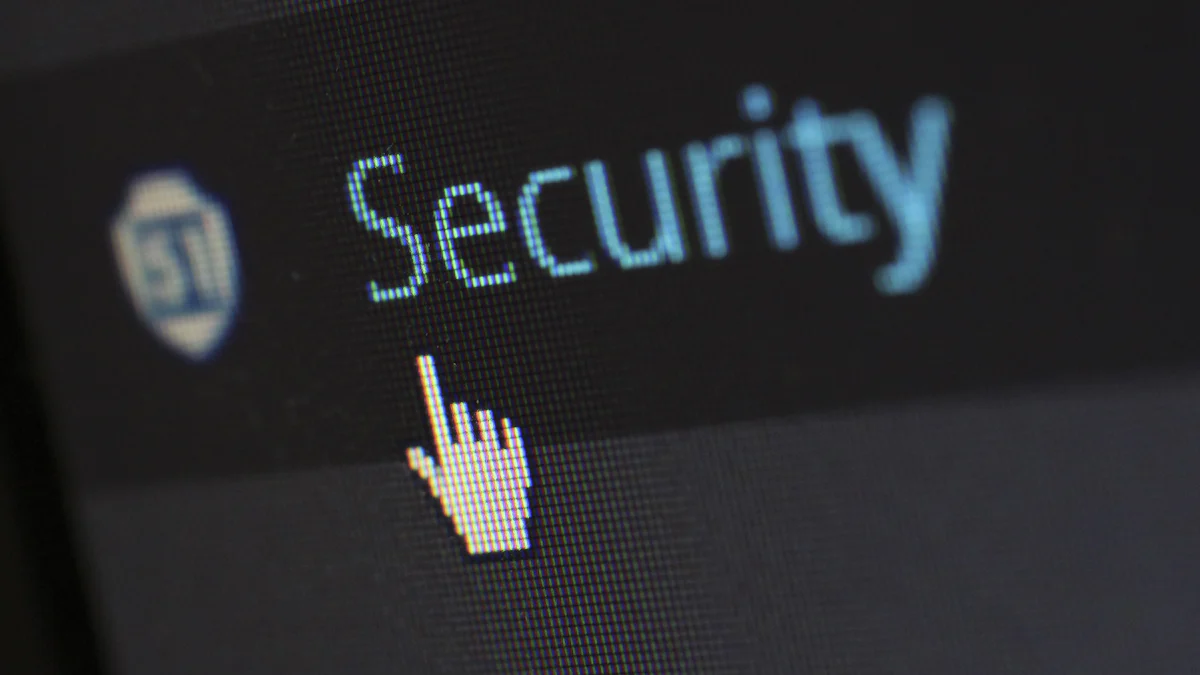Essential Tips and Tools to Protect Against Phishing Attacks
 Essential Tips and Tools to Protect Against Phishing Attacks
Essential Tips and Tools to Protect Against Phishing Attacks
Understanding Phishing
Phishing, a term used to describe fraudulent attempts to obtain sensitive information such as usernames, passwords, and credit card details, poses a significant cybersecurity threat in the digital age. With the rise of online fraud and email scams, it is crucial for individuals to be aware of common phishing methods and cybersecurity solutions to protect themselves. Understanding how to identify phishing attempts and the risks of impersonation can empower individuals to safeguard against these attacks.
Phishing Methods
Phishing methods are diverse and constantly evolving as cybercriminals seek new ways to deceive individuals and organizations. Understanding these methods is crucial for implementing effective cybersecurity measures.
Common Phishing Techniques
Email phishing, also known as "phishing attacks," remains the most prevalent method used by cybercriminals to trick individuals into revealing sensitive information. These deceptive emails often mimic reputable organizations or individuals to gain trust and prompt recipients to click on malicious links or provide personal data.
In addition to email phishing, cybercriminals utilize phishing websites and social engineering tactics to deceive unsuspecting targets. Phishing websites are designed to appear legitimate, tricking visitors into entering sensitive information, while social engineering involves manipulating individuals into divulging confidential data through psychological manipulation.
Phishing Software and Tools
Protecting against phishing attacks requires the use of reputable antivirus and anti-phishing software. These tools are designed to detect and block suspicious activities, helping users avoid falling victim to online scams.
Furthermore, educating employees about the dangers of phishing and implementing robust email authentication protocols are essential cybersecurity solutions. By raising awareness and enhancing email security measures, organizations can significantly reduce the risk of falling prey to phishing attacks.
Cybersecurity Solutions
Best Practices for Cybersecurity
Enhancing online security and protecting against cyber threats requires the implementation of best practices for cybersecurity. By adhering to these practices, individuals and organizations can significantly reduce their vulnerability to phishing attacks and other online security risks.
Implementing Multi-Factor Authentication: Enforcing multi-factor authentication adds an extra layer of security by requiring users to provide multiple forms of verification before accessing sensitive information. This significantly reduces the risk of unauthorized access, enhancing overall cybersecurity defenses.
Regular Security Updates: Keeping software, operating systems, and security applications updated is crucial for addressing potential vulnerabilities. Regular updates ensure that systems are equipped with the latest security patches, minimizing the likelihood of exploitation by cybercriminals.
Using Phishing Detection Tools
Utilizing advanced phishing detection tools is essential for identifying and mitigating the risks associated with malicious emails and websites. These tools employ sophisticated algorithms to analyze incoming data and detect potential phishing indicators, providing a proactive defense against cyber threats.
Identifying and Blocking Malicious Content: Phishing detection tools can effectively identify suspicious emails and websites, allowing users to block or report them before falling victim to fraudulent schemes.
Training in Recognizing Phishing Indicators: Educating individuals about common phishing indicators empowers them to recognize potential threats. By providing training on identifying suspicious links, requests for personal information, and other red flags, organizations can strengthen their cybersecurity posture.
Identifying Phishing
Recognizing Phishing Emails
- Spotting phishing emails often involves identifying suspicious links that urge recipients to click and provide sensitive information. These emails may also contain urgent requests for personal data, creating a sense of urgency to prompt immediate action. Educating individuals about these red flags is crucial for protection against falling victim to phishing attempts.
Training for Phishing Awareness
- Providing comprehensive phishing awareness training equips individuals with the knowledge and skills to detect and report phishing attempts effectively. By staying informed about the latest phishing tactics and trends, individuals can enhance their ability to identify and thwart potential threats. Regular updates on emerging phishing techniques are essential for strengthening defenses against evolving cyber threats.
Utilizing advanced email filtering systems can help automatically detect and divert suspicious emails away from users' inboxes, reducing the risk of exposure to phishing attempts.
Impersonation Risks
Risks of Impersonation
Impersonation scams, also known as impostor scams or identity fraud, are tactics employed by cybercriminals to pose as trusted entities in order to deceive individuals. These deceptive practices can lead to significant financial and personal losses for unsuspecting victims. It is crucial for individuals to be cautious of fake customer service calls and the risks associated with impersonation in order to protect themselves from falling victim to these fraudulent schemes.
Preventing Impersonation
To prevent falling victim to impersonation scams, it is essential to verify the identity of individuals and entities before sharing any sensitive information. Individuals should exercise caution when providing personal or financial details, especially in response to unsolicited requests. Furthermore, educating individuals about the risks of impersonation and providing guidance on recognizing suspicious behavior can minimize the likelihood of falling victim to these attacks. By remaining vigilant and informed, individuals can significantly reduce their vulnerability to impersonation risks.
Safeguarding Against Phishing
In today's digital landscape, safeguarding against phishing attacks is paramount to maintaining online security and protecting sensitive information. By implementing robust cybersecurity solutions and remaining vigilant in identifying phishing attempts, individuals and organizations can mitigate the risks posed by online fraud and phishing attempts.
Educating individuals about the risks of impersonation, online fraud, and phishing methods is crucial for enhancing cybersecurity defenses. Awareness empowers individuals to recognize potential threats and take proactive measures to safeguard their personal and financial information.
Utilizing advanced phishing detection tools and staying informed about the latest cybersecurity threats is essential for minimizing the risk of falling victim to phishing attempts. These tools provide a proactive defense against evolving cyber threats, enabling users to identify and block malicious content effectively.
Staying informed about emerging cybersecurity threats and continuously updating security measures are key components of a comprehensive approach to safeguarding against phishing attacks.
